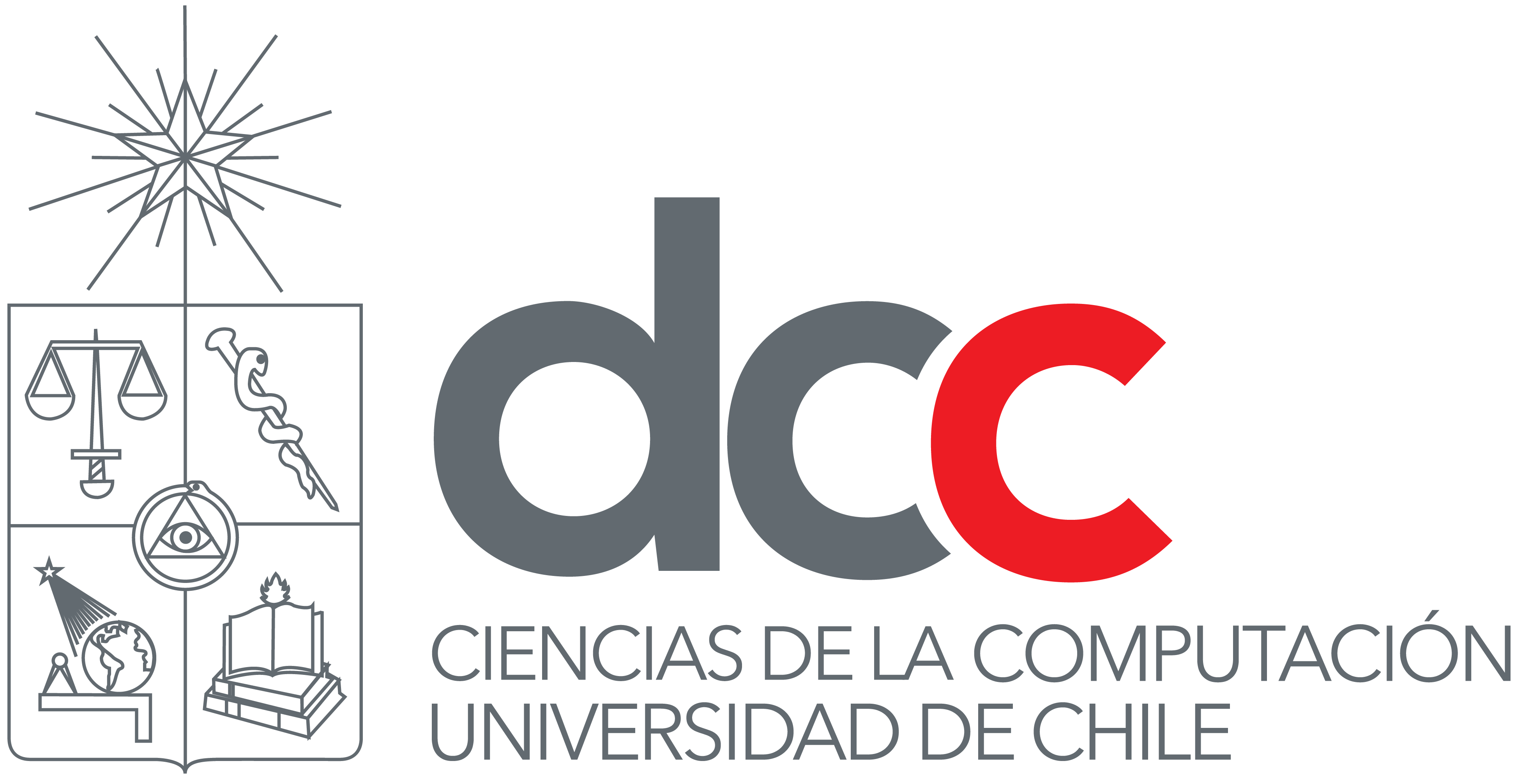About
Wikidata Atlas
Wikidata Atlas is a platform that allows Wikidata entities that have geographic coordinate properties to be displayed on a world map.
The entities that are displayed correspond to instances of (P31) types that have the property of coordinate location (P625).
In addition to the location, the main characteristics of the entity are obtained, such as its label, URI, description, country to which it belongs and image, if any.
How to use?
In the following example you can see the results of searching for entities that are stadium instances:
To use the system, the first thing you must do is search in the search bar available on the Home page. Automatically while you are typing, the search bar will suggest some item labels for auto-completion. You must select the option you want, in our case we will select stadium (Q483110). What is in brackets corresponds to the unique identifier of the entity. In the following image you can see some of the options that appear while you type the entity label.

You can see that to the right of the search bar there is an option selector to specify a limit of entities that you want to retrieve, this can be 10, 100, 1000, 10000, 100000 or No limit (default option). This selector is highly recommended to use when you want to search for types that have many instances such as mountains, rivers, architectural ensembles, among others; since depending on the number of instances that the type has, the generation of the markers or clusters in the map can take time. Then you can press the search button.
Below you can see the system interface after the generation of markers and clusters in the map.

You can see on the map that there are many clusters that are generated when entities are relatively close to each other and when the zoom is not that high, you can also see some markers. If a marker is clicked, a popup is displayed with information about the entity such as its label, description, country to which it belongs, location and image (if it has one). On the other hand, if you click on a cluster, you zoom in on the map to better visualize the entities. It can also be seen that a box appears below the map with the Results of the search and information about the type that was searched for.
In the following image you can see the visualization of the entities on the map after applying zoom and click one specific marker.

Following are some of the most important concepts and tools used to develop Wikidata Atlas.
Semantic Web
The Semantic Web is a set of activities developed at the core of the World Wide Web Consortium (W3C) with a tendency to create technologies to publish data readable by computer applications (machines). It adds structure to meaningful content on web pages, creating an environment in which software agents moving from one page to another can easily perform sophisticated tasks for users. The Semantic Web is not a web separated from the one already known, but rather is an extension of it, in which a well-defined meaning is given to the information, which allows computers or machines and also people to work better in cooperation. This extension of the web occurs through standards that promote common data formats and exchange protocols on the web, some of which are RDF, RDFS, OWL, and SPARQL.
Wikidata
Wikidata is a free, collaborative, multilingual database, serving as a secondary database and collecting structured data to support Wikipedia, Wikimedia Commons, as well as other wikis of the Wikimedia movement and anyone in the world.
Wikidata is currently based on the Wikibase software, which consists of a set of extensions to the MediaWiki software for storing and managing data. MediaWiki on the other hand is the most popular wiki software, it is easy to use, has powerful features, is highly configurable and can scale to millions of users. More than 2 thousand wikis use MediaWiki as the engine for their operation, including the famous Wikipedia.
Wikidata provides different ways to access information about the entities that make up its database, it also allows you to search by keywords. For example, if we search for the entity label "Alan Turing" (Q7251) , some of the results that Wikidata gives us about this item are a description, his nationality, cause of death, occupation, influences, number of Erdös, among many other properties.
Wikidata Query Service
Wikidata Query Service (WDQS) is Wikidata's own SPARQL endpoint. It returns the results of queries made in the SPARQL query language: https://query.wikidata.org
You can query the data in Wikidata through our SPARQL endpoint, the WDQS. The service can be used both as an interactive web interface, or programmatically by submitting GET or POST requests to https://query.wikidata.org/sparql
MediaWiki API
The MediaWiki Action API is a web service that allows access to some wiki features like authentication, page operations, and search. It can provide meta information about the wiki and the logged-in user.
This service, like the previous one, can also be used to send GET or POST requests to https://www.wikidata.org/w/api.php endpoint.

